Between displacement and dissent:
8 Syrian contemporary artists
As revolution and violence rage in Syria, the country’s artists are fighting a different battle – to continue to create art that reflects, critiques and inspires.
Since 2011, Syria has been in turmoil as a result of uprisings and a revolution against the authoritarian regime. Nearly a hundred thousand have been killed, museums and cultural heritage destroyed and, as the situation worsens, there has been an exodus of civilians to safer shores.
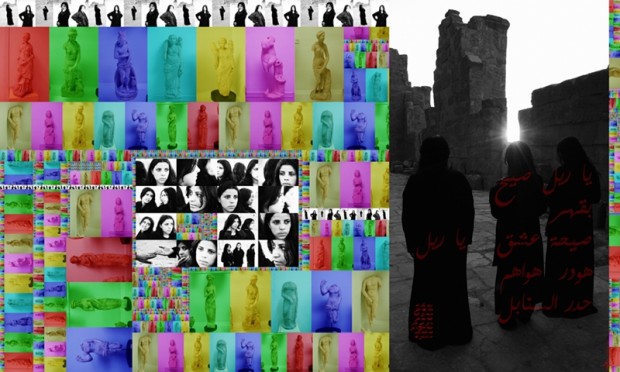
Despite Syria’s ongoing conflict, artistic expression still thrives. In 2012, Al Jazeera reported that a number of artists, filmmakers and actors were persecuted, arrested and even tortured by the State for dissent. Determined to continue their work free from censorship, many have had to leave the country to survive.
Dubai has become one safe haven for these artists. Hisham Samawi, Co-founder of Ayyam Gallery, which represents Middle Eastern artists and has branches in Dubai, Beirut, Jeddah and London, told the BBC that the gallery has moved its headquarters from Damascus to Dubai, and has since then relocated fifteen Syrian artists (and their families) and about 3000 artworks. These artists’ works were auctioned at the 16th Young Collectors’ Auction at Ayyam Gallery Al Quoz, Dubai, on 16 September 2013. More recently, their work also helped raise USD600,000 at a charity auction in London organised by Ayyam Gallery and Jusoor on 19 October 2013, with proceeds donated to Jusoor’s educational programmes for Syrian children and youth.
Art Radar highlights eight of Syria’s contemporary artists whose work tests the boundaries of artistic expression and socio-cultural norms.
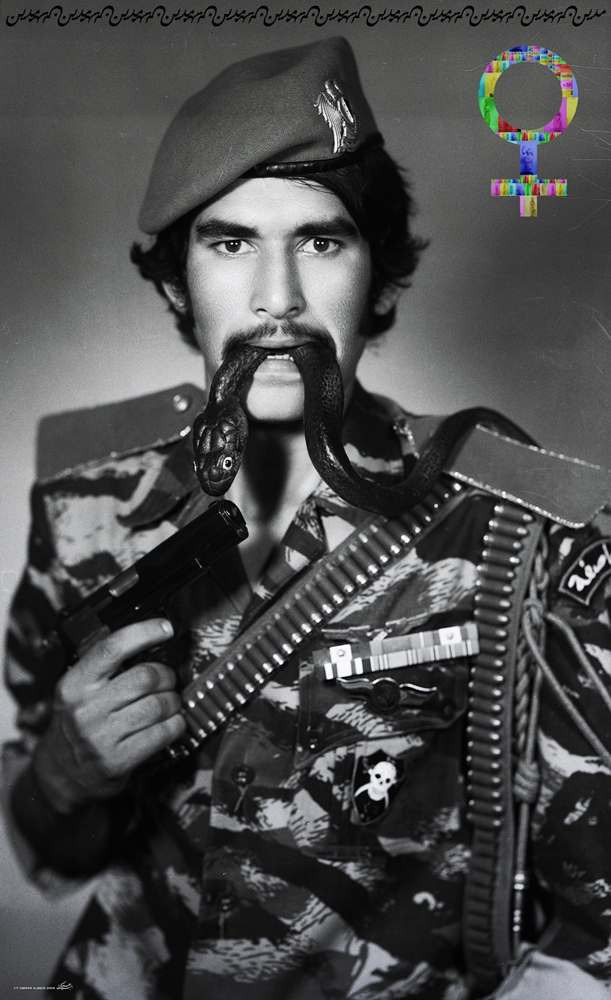
Ammar Al Beik
Ammar Al Beik is a self-taught filmmaker, artist and photographer. Born in Damascus in 1972 and currently based in Dubai, his work is characterised by its experimental nature and has been widely exhibited and screened. In 2006, he became the first Syrian filmmaker to receive the best documentary award at the Venice Film Festival for I Am the One Who Brings Flowers to her Grave, which is a poetic testimony to resilience through interviews with three Syrian women and artist Elias Zayyat. Al Beik’s The Sun’s Incubator (2011) deals with the events of the Arab Spring and protests.
According to his profile on Ayyam Gallery’s website, the artist believes that “art must not only imitate, but capture life.” His photographs are cinematic, unconventional and often with political overtones. Four of his works were recently acquired by the Los Angeles County Museum of Art (LACMA).
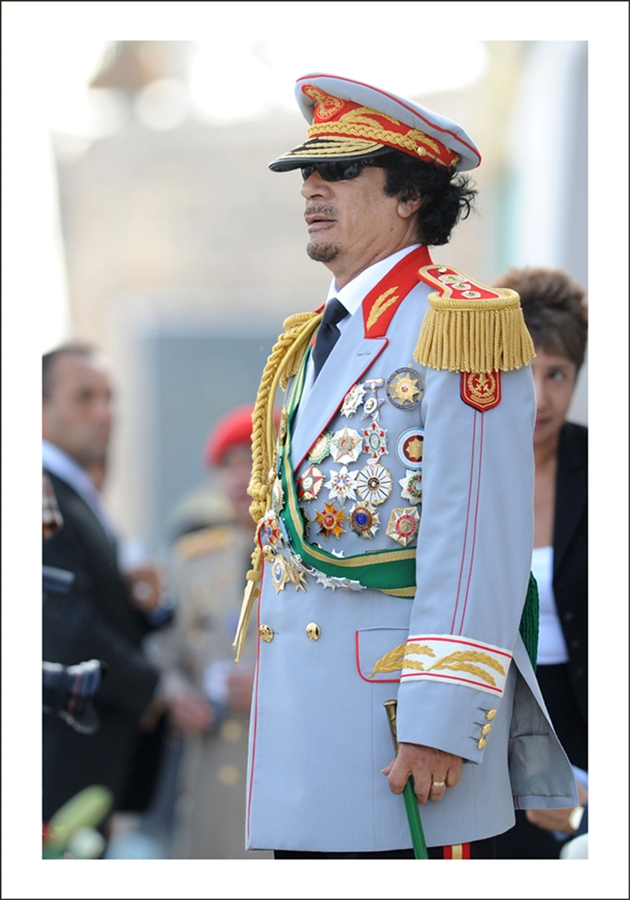
Ammar Abd Rabbo
Photojournalist Ammar Abd Rabbo, born in Damascus in 1966, left Syria in his childhood and has been living in France since 1978. He has extensively covered photo stories in the Arab world since the 1990s, ranging from portraits of political leaders to war in Iraq, Libya and Lebanon. He has been published in Time, Le Monde, Der Spiegel, Bild and various other prominent publications.
Rabbo has had two solo exhibitions with Ayyam Gallery. “Coming Soon” in Beirut in 2012 was a series of artistic silhouettes of pregnant women, aiming to “encourage the audience to think differently about pregnancy” as the artist stated in Al Arabiya. His portraits are often candid and reflective, as seen in his second solo exhibition, “Follow the Leader”, in Dubai.

Asaad Arabi
Asaad Arabi’s vibrant, Expressionist paintings are an exploration of social taboos of the Arab world, making use of subtlety, contrasts – such as female nudes and veiled women – and symbolism. His series “Nostalgia” is reminiscent of a bygone era through its portrayal of famed Egyptian singer Oum Kalthoum, who “transcended the barriers of class and religion”, probing the relationship between rhythm, painting and movement.
Arabi was born in 1941 and studied in Damascus before moving to Paris, where he pursued a PhD in Aesthetics at the Sorbonne. His writing on aesthetic theory is widely published, and his artwork has been exhibited internationally and is part of several museum collections, such as the Barcelona Museum of Contemporary Art, Institut du Monde Arabe in Paris and the National Museum in New Delhi.
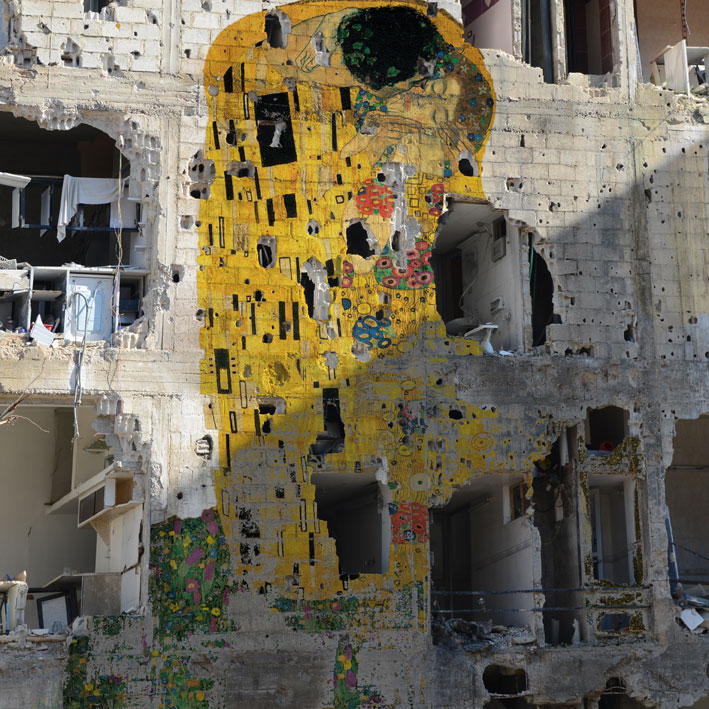
Tammam Azzam
Tammam Azzam was born in Damascus in 1980. His work Freedom Graffiti (2013), which overlays Gustav Klimt’s The Kiss on a photograph of an aged, bullet-torn building in Syria, went viral on social media earlier this year. The work is part of a larger series titled “The Syrian Museum”, which superimposes and juxtaposes various seminal western artworks over scenes in present-day Syria.
Azzam’s hybrid artwork has also made use of symbols such as militaristic motifs and maps – often dripping blood – to evoke the plight of his country and critique the apathy and helplessness of the international community. His previous work includes a series called “Laundry”, which symbolises what people leave behind when they are exiled. Azzam now lives and works in Dubai.
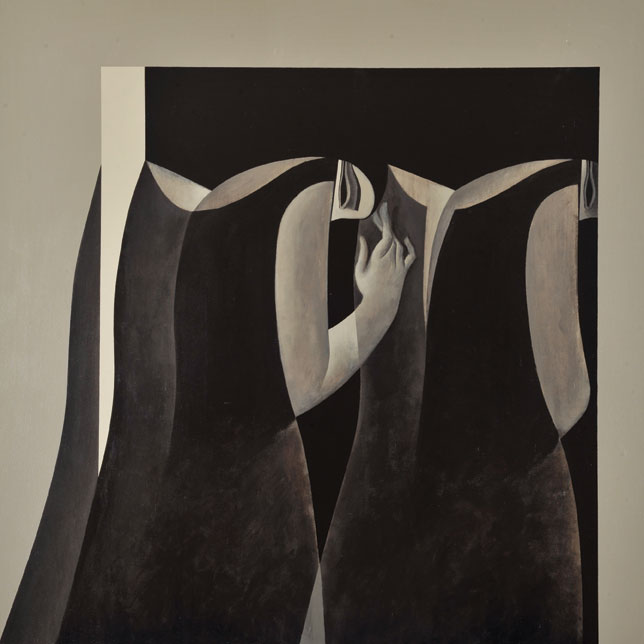
Safwan Dahoul
Monochromatic, muted and minimalistic, all of Safwan Dahoul’s works are titled Dream: he told Al Arabiya that he is “trapped by one dream after another”. His style alludes to ancient Egyptian, European and Arabic influences and is characterised by sharp angles, geometric shapes and a recurring female subject which he often uses to “portray himself as a protagonist”.
Dahoul was born in Hama, Syria in 1961, studied in Damascus and Belgium, and left Syria for Dubai in 2012. According to a London auction catalogue, his sparing use of colour “is a response to the absence of colour now seen on the streets of Syria and the Middle East”.
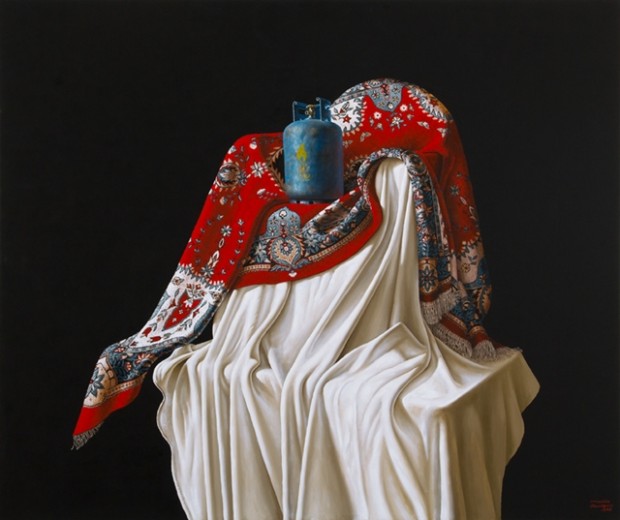
Othman Moussa
Othman Moussa is a still-life painter whose work focuses on everyday objects, seeking beauty in the ordinary through hyperrealism. His recent work, however, has turned these objects into a satirical portrayal of the current situation in Syria and of political leaders in general. “The Throne” (2012) was his solo exhibition in Dubai, depicting paintings of intricately embroidered carpets draped over a veiled chair, the seat of power, on which objects such as a military boot, an oil can, a skull and a doll represented unqualified, cruel leadership. Born in 1974 in Zabadani, Syria, Moussa currently resides in Damascus.
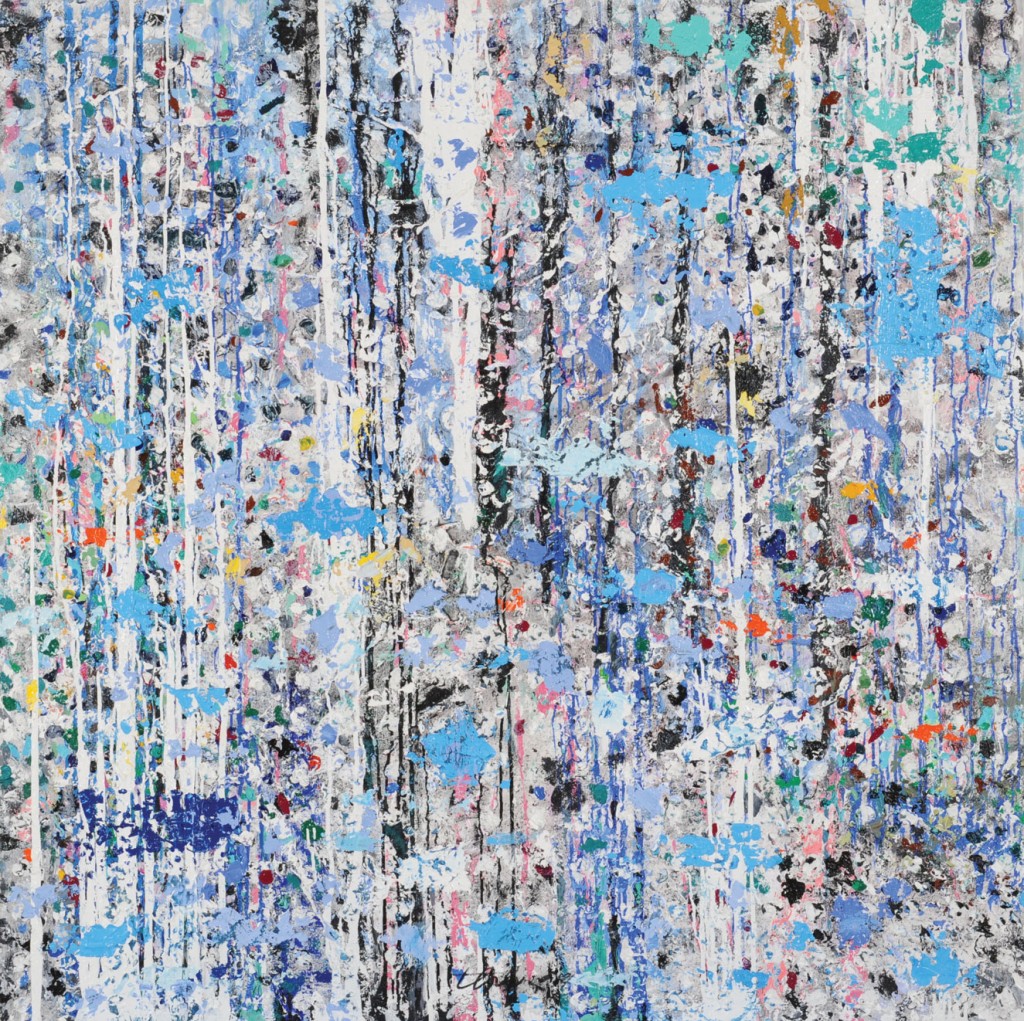
Thaier Helal
Thaier Helal, born in Syria in 1967 and currently living in the UAE, is well known for his abstract paintings and mixed media works. He has lectured at the University of Sharjah, his work has been exhibited across Asia and Europe and he is the recipient of numerous prestigious awards such as the Grand Gold Award at the Tehran International Biennial (2005).
His work is layered and often uses motifs patterned across the surface. Recent works include media images of the Syrian military, and scores of plastic toy soldiers in his 2012 exhibition “In Army We Trust”, exploring the role of the army in society.
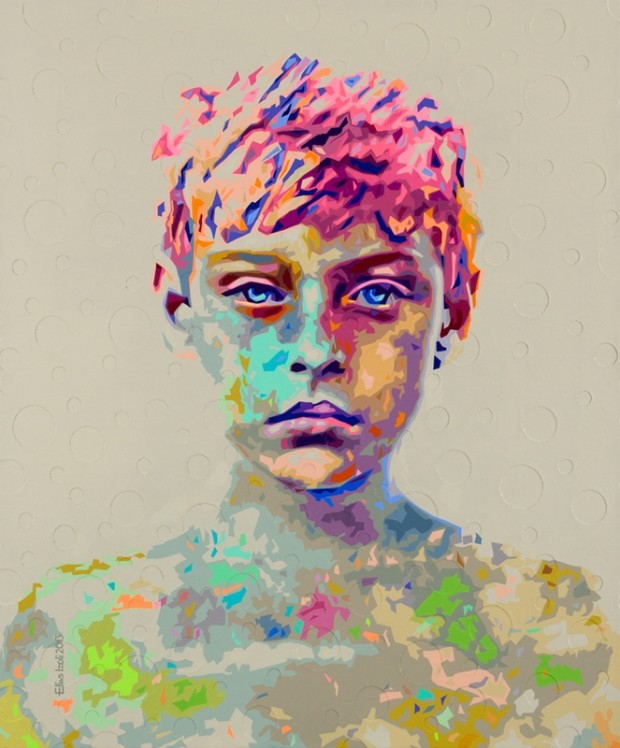
Elias Izoli
A self-taught artist, Elias Izoli was born in Damascus in 1976 and had his first exhibition when he was just seventeen. Much of his work features evocative portraits of children and highlights facial expressions; his unconventional style, according to his Ayyam Gallery profile, appears “almost digitally produced”, demonstrating a command of colour and form. He has exhibited at group shows with the gallery in Beirut in 2010 and 2012, and his works were vied for and sold above expectations at recent auctions.
Written by Kriti Bajaj
(Article quoted from Art Radar Asia, November 1, 2013)








